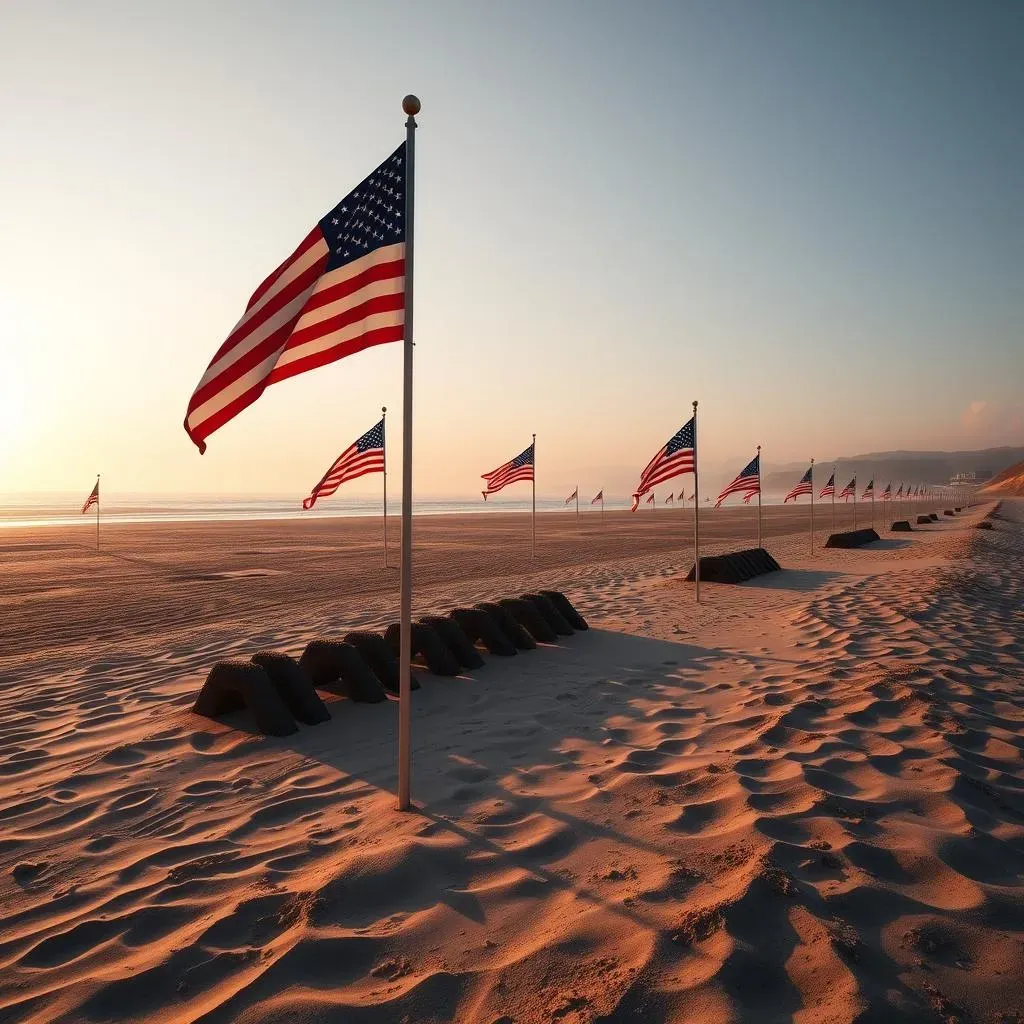Table of Contents
For history buffs and those seeking a profound connection to the past, the D-Day sites to visit in Normandy offer an unforgettable journey. These hallowed grounds, where Allied forces launched the pivotal invasion that turned the tide of World War II, stand as powerful testaments to courage, sacrifice, and the enduring quest for freedom. Planning a trip to Normandy's D-Day beaches and memorials can be overwhelming, given the wealth of historical landmarks and poignant sites. This guide provides a curated exploration of the most significant D-Day sites to visit in Normandy, ensuring a deeply moving and informative experience. We'll journey from the iconic landing beaches like Omaha and Utah to the solemn American Cemetery, the dramatic cliffs of Pointe du Hoc, and the thought-provoking museums that bring history to life. Whether you're mapping out a comprehensive tour or seeking a focused one-day itinerary, this article will equip you with the essential knowledge to honor the heroes of D-Day and gain a profound understanding of this pivotal moment in history. Prepare to walk in the footsteps of giants and reflect on the immense human cost of war as we explore the D-Day sites to visit in Normandy.
MustSee DDay Landing Beaches in Normandy
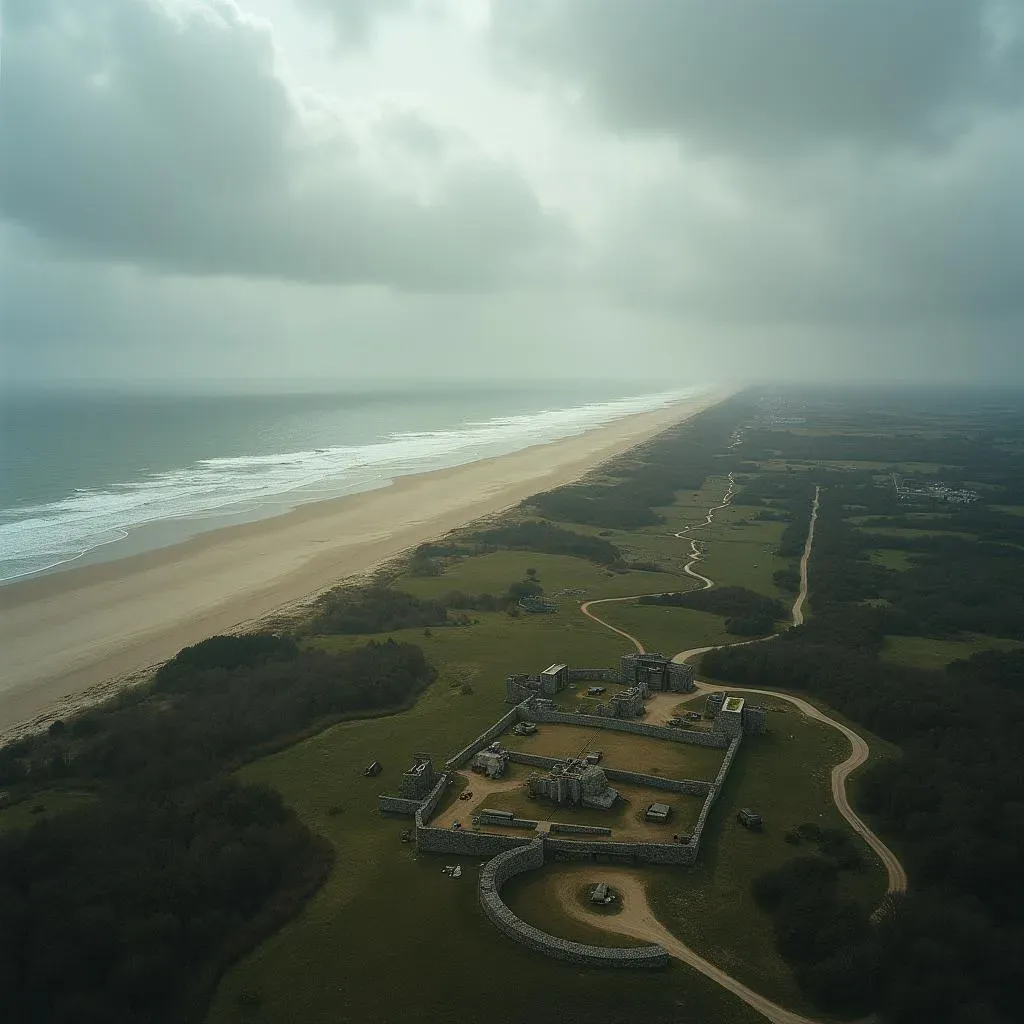
MustSee DDay Landing Beaches in Normandy
Omaha Beach: A Site of Immense Sacrifice
Omaha Beach, code-named "Bloody Omaha," remains one of the most poignant and must-see D-Day landing beaches in Normandy. The sheer scale of the Allied operation is immediately apparent, but it's the stories of individual soldiers, the heavy losses endured on that fateful day, that truly resonate. Walking along the sands, you can almost hear the echoes of the past, feel the weight of history pressing down. Consider visiting the Les Braves memorial, a striking sculpture that honors the courage of the American troops who fought and died there. It's a powerful spot for reflection.
Beyond the memorial, take time to explore the Omaha Beach Memorial Museum. It offers a detailed account of the battle, with exhibits showcasing artifacts, photographs, and personal accounts. Understanding the strategic importance of Omaha Beach, as well as the immense challenges faced by the soldiers, is crucial to appreciating the scope of D-Day. Standing on that beach, you gain a visceral understanding of the sacrifices made for freedom.
Utah Beach: A Story of Swift Success
In stark contrast to Omaha, Utah Beach witnessed a relatively swift and successful landing. This doesn't diminish its significance; it's a crucial part of the D-Day story and a must-see D-Day landing beach in Normandy. The Utah Beach D-Day Museum, built on the very spot where the first American soldiers landed, provides an immersive experience. It details the meticulous planning, the airborne operations that preceded the landings, and the crucial role Utah Beach played in securing a foothold in France.
What makes Utah Beach particularly interesting is its connection to the airborne landings. The 82nd and 101st Airborne Divisions were tasked with securing key objectives inland, and their efforts directly impacted the success of the Utah Beach landing. Exploring the nearby town of Sainte-Mère-Église, where paratrooper John Steele famously got caught on the church steeple, adds another layer to the Utah Beach experience. It's a reminder that D-Day was not just about the beaches; it was a complex, multi-faceted operation that involved thousands of soldiers and countless acts of bravery.
Beach | Code Name | Key Features |
|---|---|---|
Omaha | Bloody Omaha | Heavy casualties, Les Braves memorial |
Utah | - | Successful landing, Utah Beach D-Day Museum |
Exploring Normandy's DDay Memorials and Museums
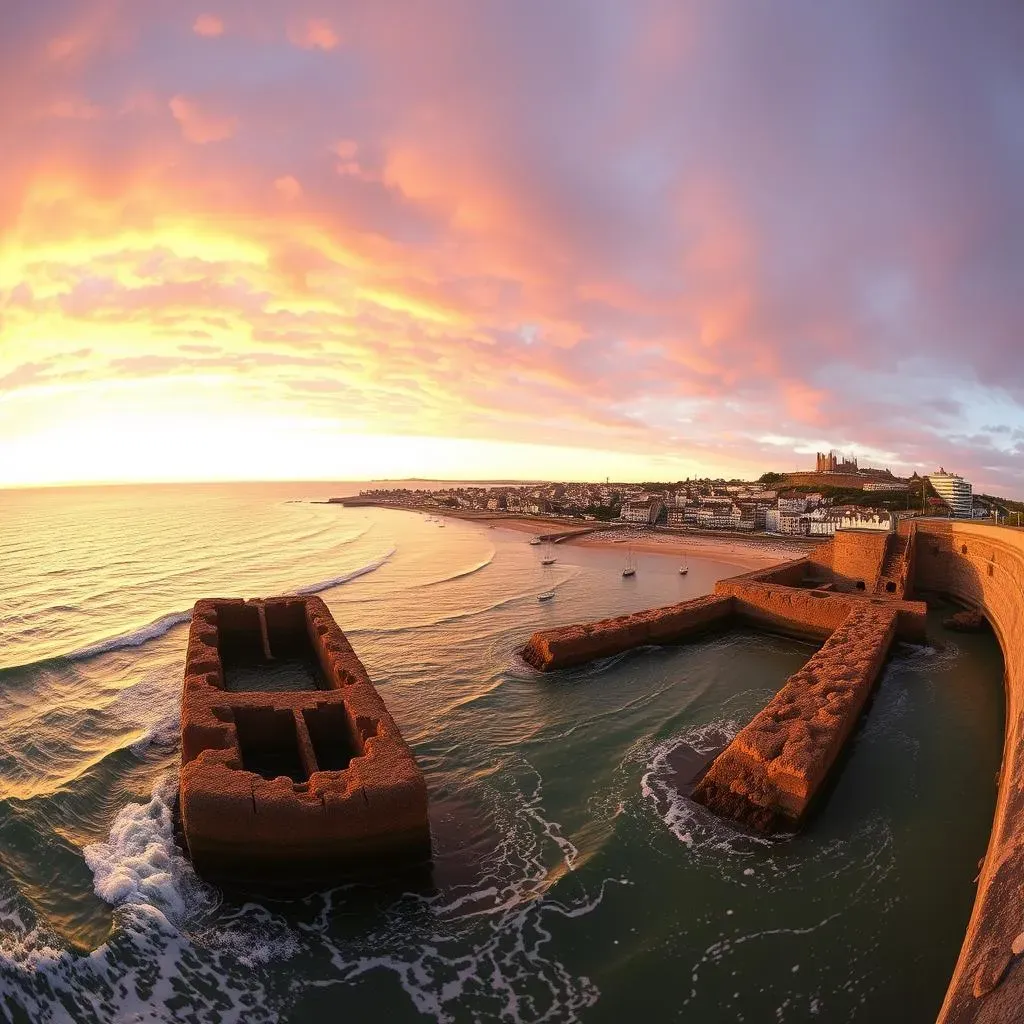
Exploring Normandy's DDay Memorials and Museums
Caen Memorial Museum: A Comprehensive Overview
The Caen Memorial Museum isn't just a museum; it's an experience. It provides a comprehensive overview of the 20th century, focusing on the causes and consequences of World War II, making it a must-visit when exploring Normandy's D-Day memorials and museums. The museum doesn't shy away from the complexities of the conflict, offering a balanced perspective on the events leading up to D-Day and the subsequent liberation of Europe. You'll find exhibits dedicated to the rise of totalitarianism, the horrors of the Holocaust, and the strategic decisions that shaped the war.
What sets the Caen Memorial Museum apart is its ability to connect the global context of the war to the specific events that unfolded in Normandy. It seamlessly weaves together personal stories, historical artifacts, and interactive displays to create a truly immersive experience. Allocate ample time to explore the museum's various sections, including the D-Day landing beaches exhibit, which provides a detailed account of the planning and execution of Operation Overlord. It's a place where you can gain a deeper understanding of the human cost of war and the importance of preserving peace.
"The only thing necessary for the triumph of evil is for good men to do nothing." - Edmund Burke
Arromanches-les-Bains: Witnessing Engineering Ingenuity
Arromanches-les-Bains offers a unique perspective on the D-Day landings. It was here that the Allies constructed a temporary artificial harbor, known as a "Mulberry" harbor, to facilitate the unloading of troops and supplies. Today, remnants of this incredible feat of engineering remain visible, serving as a tangible reminder of the logistical challenges overcome during the invasion. Visiting Arromanches is a must for anyone interested in the practical aspects of D-Day, highlighting the ingenuity and resourcefulness of the Allied forces.
The Arromanches 360 Circular Cinema provides a compelling visual experience. Using archival footage, the cinema recreates the atmosphere of D-Day, offering a panoramic view of the landings and the subsequent battles. It's a powerful and emotional experience that complements the historical exhibits found throughout the town. Take a walk along the beach, imagine the bustling activity of the harbor, and reflect on the sheer scale of the operation. Arromanches-les-Bains is a place where history comes alive, offering a unique perspective on the D-Day landings and their aftermath. It’s a crucial stop when exploring Normandy's D-Day memorials and museums.
Memorial/Museum | Key Focus | Why Visit? |
|---|---|---|
Caen Memorial Museum | Comprehensive WWII overview | Balanced perspective, global context |
Arromanches-les-Bains | Mulberry harbor, engineering feat | Unique perspective on logistics |
Planning Your Normandy DDay Tour: Tips and Itineraries
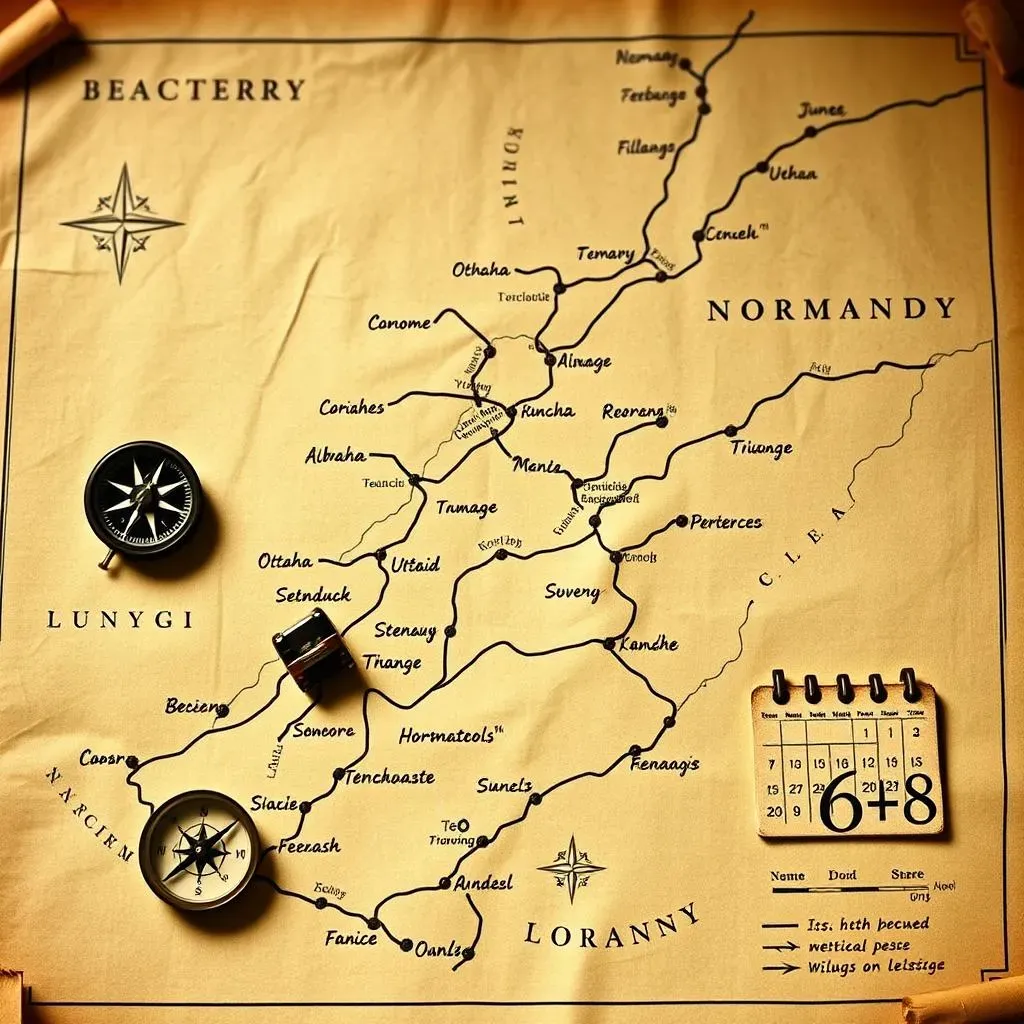
Planning Your Normandy DDay Tour: Tips and Itineraries
Best Time to Visit: Around the D-Day Anniversary
Planning your Normandy D-Day tour requires careful consideration of timing. Visiting around the D-Day anniversary (June 6th) offers a uniquely immersive experience. The region comes alive with commemorative events, historical reenactments, and special exhibitions. While this period can be crowded, the opportunity to witness these tributes and connect with fellow history enthusiasts is invaluable. Imagine attending a memorial service on Omaha Beach or watching a parade of vintage military vehicles – it's an unforgettable way to honor the sacrifices made on D-Day. However, be prepared for higher prices and book accommodations well in advance.
Alternatively, consider visiting in the shoulder seasons (spring or fall) for fewer crowds and pleasant weather. You'll still have access to all the major D-Day sites, but you'll be able to explore them at a more leisurely pace. Plus, you might find better deals on flights and hotels. Ultimately, the best time to visit depends on your priorities: immersive commemorative events or a more relaxed and budget-friendly experience. Regardless of when you choose to go, planning your Normandy D-Day tour ensures a meaningful and respectful journey through history.
"Those who do not remember the past are condemned to repeat it." - George Santayana
Rental Car vs. Organized Tour: Weighing Your Options
When planning your Normandy D-Day tour, one of the first decisions you'll face is whether to rent a car or join an organized tour. Renting a car offers unparalleled flexibility, allowing you to explore the region at your own pace and visit lesser-known sites that might be missed on a group tour. You can linger longer at places that particularly resonate with you, and you're not bound by a fixed itinerary. However, driving in Normandy can be challenging, especially if you're not familiar with the local roads. Parking can also be difficult, particularly during peak season.
Organized tours, on the other hand, provide a hassle-free experience. You'll benefit from the expertise of a knowledgeable guide who can provide historical context and answer your questions. Transportation is taken care of, and you won't have to worry about navigating unfamiliar roads. However, you'll have less flexibility and may feel rushed at certain sites. Ultimately, the best option depends on your personal preferences and travel style. If you value independence and want to explore at your own pace, a rental car is the way to go. If you prefer a stress-free experience and want to learn from an expert guide, an organized tour is a better choice. Either way, planning your Normandy D-Day tour is the first step in experiencing this important historical region.
Option | Pros | Cons |
|---|---|---|
Rental Car | Flexibility, explore at your own pace | Challenging driving, parking difficulties |
Organized Tour | Knowledgeable guide, hassle-free | Less flexibility, fixed itinerary |
Honoring History: Reflecting at Normandy's DDay Cemeteries
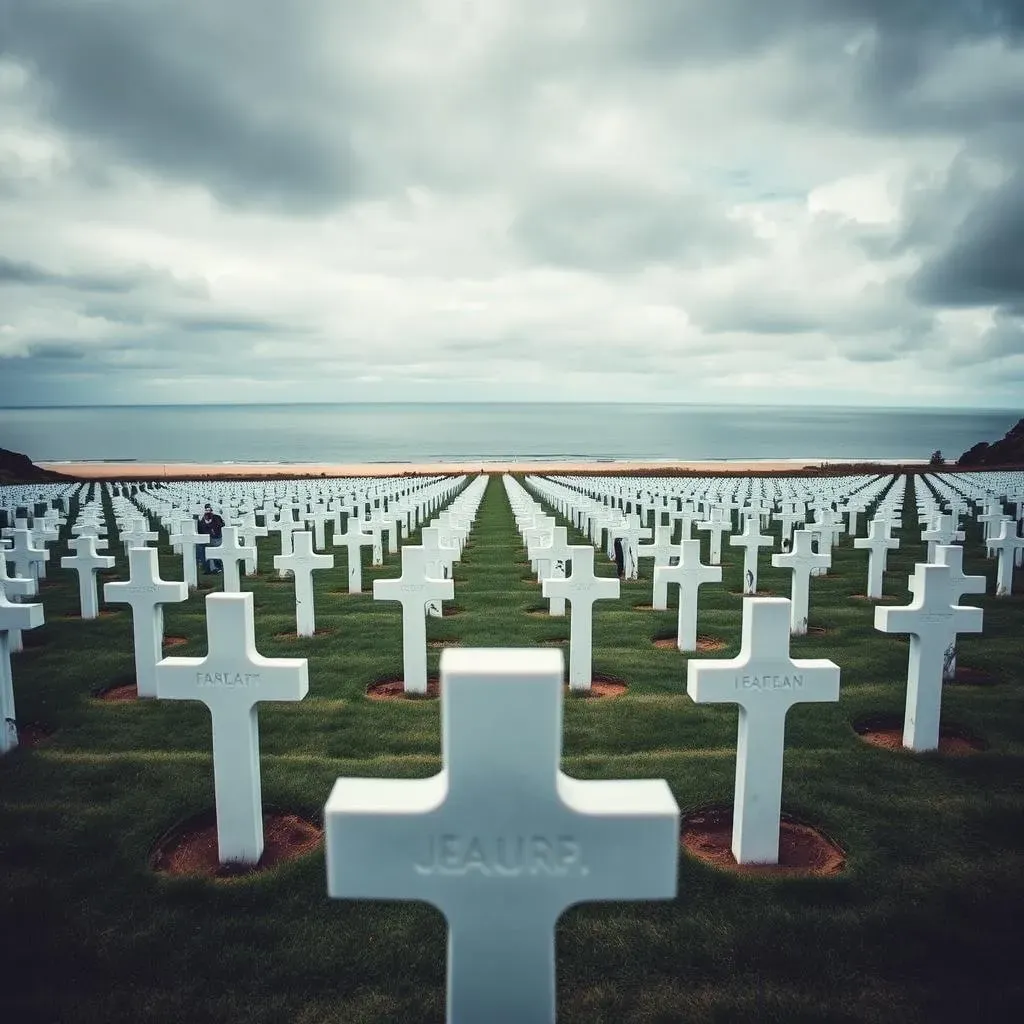
Honoring History: Reflecting at Normandy's DDay Cemeteries
Normandy American Cemetery: A Sea of White Crosses
The Normandy American Cemetery and Memorial is perhaps the most iconic and emotionally powerful of all the D-Day sites. Overlooking Omaha Beach, this hallowed ground serves as the final resting place for more than 9,000 American soldiers who lost their lives in the Normandy campaign. The seemingly endless rows of white crosses and Stars of David create a visually stunning and deeply moving tribute to their sacrifice. Walking through the cemetery, reading the inscriptions on the headstones, and contemplating the youth and potential of those buried there is a profoundly humbling experience. It's a place for quiet reflection and gratitude, a reminder of the immense cost of freedom.
The cemetery's visitor center provides valuable context and information about the Normandy campaign and the individual stories of some of the soldiers buried there. Take time to explore the exhibits and learn about the battles fought in the surrounding area. The memorial itself, with its impressive statues and inscriptions, is a testament to the enduring bond between the United States and France. Attending the daily flag-lowering ceremony is a particularly moving experience, a fitting tribute to the fallen heroes. Honoring history at the Normandy American Cemetery is an essential part of understanding the D-Day legacy.
"Freedom is never more than one generation away from extinction. We didn't pass it to our children in the bloodstream. It must be fought for, protected, and handed on for them to do the same." - Ronald Reagan
La Cambe German War Cemetery: A Somber Counterpoint
In stark contrast to the American Cemetery, La Cambe German War Cemetery offers a more somber and sobering experience. Here, over 21,000 German soldiers are buried, their dark granite headstones a stark visual contrast to the white crosses of the American cemetery. Visiting La Cambe is not about glorifying war or excusing the actions of the German army; it's about acknowledging the human cost of conflict on all sides. It's a reminder that war is a tragedy that affects everyone involved, regardless of their nationality or ideology.
The atmosphere at La Cambe is noticeably different from the American Cemetery. There's a sense of quiet sorrow and resignation, a recognition of the futility of war. The cemetery's central mound, topped with a large stone cross, serves as a focal point for reflection. Many visitors leave flowers or small tokens of remembrance at the graves, a testament to the enduring power of human compassion. Visiting La Cambe is a challenging but important experience, a reminder that even in the midst of conflict, we must never forget our shared humanity. It provides a necessary counterpoint to the more triumphant narratives often associated with D-Day, prompting reflection on the complexities of war and its lasting consequences. It's a crucial stop for honoring history with a balanced perspective.
Cemetery | Nationality | Key Features | Atmosphere |
|---|---|---|---|
Normandy American Cemetery | American | White crosses, visitor center | Respectful, grateful |
La Cambe German War Cemetery | German | Dark granite headstones, central mound | Somber, sorrowful |
British and Commonwealth War Cemeteries: Remembering Allied Contributions
While the American and German cemeteries are the most well-known, it's important to remember the significant contributions of British and Commonwealth forces to the D-Day landings and the subsequent liberation of France. Numerous British and Commonwealth war cemeteries are scattered throughout Normandy, each meticulously maintained and serving as a testament to the sacrifices made by soldiers from countries like Canada, the United Kingdom, and Australia. These cemeteries offer a unique perspective on the Allied effort, highlighting the diverse backgrounds and shared commitment of the forces that fought to liberate Europe.
Visiting these cemeteries provides an opportunity to learn about the specific roles played by British and Commonwealth units in the Normandy campaign. The headstones often bear personal inscriptions, offering glimpses into the lives and personalities of the soldiers buried there. Take time to explore the cemeteries and reflect on the sacrifices made by these brave men and women. Their contributions were essential to the success of D-Day, and their memory deserves to be honored alongside those of their American and German counterparts. Exploring these sites is a vital part of honoring history and gaining a complete understanding of the D-Day story.
Reflecting on the Shores of History: Remembering D-Day in Normandy
Visiting the D-Day sites in Normandy is more than just a historical tour; it's a deeply personal experience that resonates long after you've left its shores. From the poignant silence of the cemeteries to the windswept beaches where history was forged, Normandy offers a unique opportunity to connect with the past and honor the sacrifices made for freedom. Whether you spend a single day or a week exploring these vital landmarks, the memories and lessons learned will undoubtedly leave an indelible mark, reminding us of the enduring importance of peace and remembrance. Plan your journey, reflect on the history, and carry the stories of D-Day with you.
